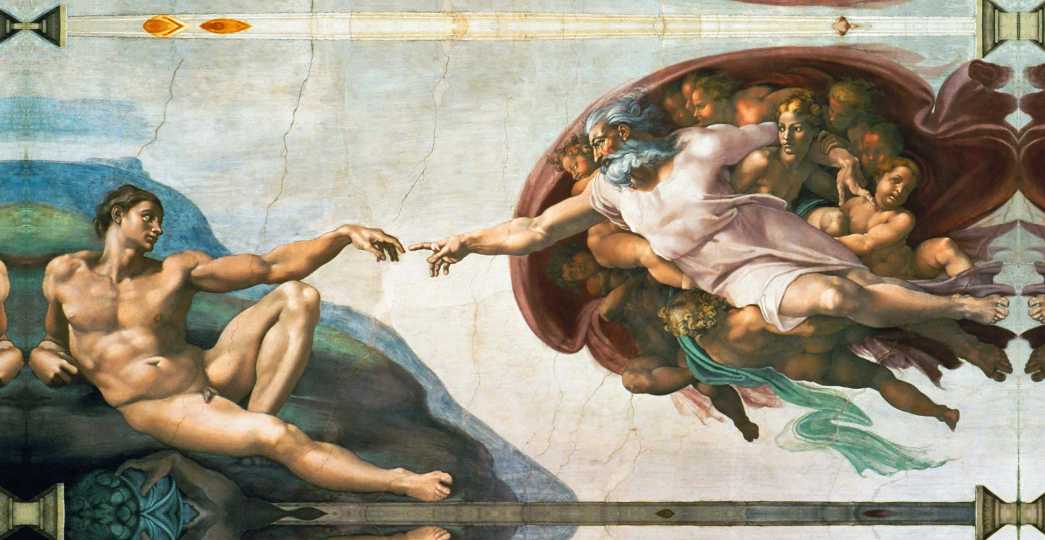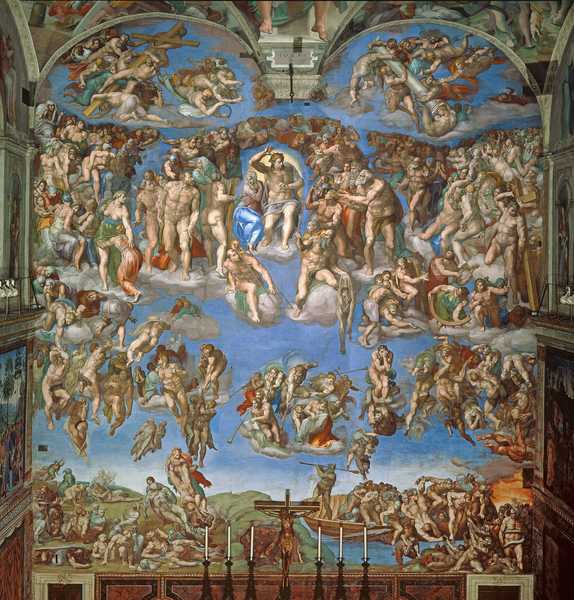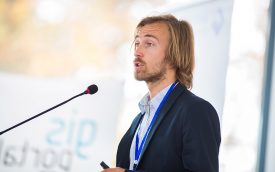The frescoes
Michelangelo – the master of the frescos in the Sistine Chapel
In the beginning Michelangelo was disinclined to accept this order in cause of defining himself as a sculptor rather than a painter. He had arrived to Rome in 1505 to invent a mausoleum for Pope Julius II. The order to paint the ceiling of the Sistine Chapel the next year came at a conceivably unfavorable time for Michelangelo. Julius II initially wanted to focus on the Twelve Apostles as main topic. Nevertheless, Michelangelo called this proposal “wretched” and he tentatively selected complex illustrations of various scenes of the Genesis. The series of depictions still fascinates. Michelangelo shows the biblical stories of creation at nine sectionalizing panels at the flat vaults. The master presents us the creation history in in reverse order and finishes the range with scenes from the life of Noah. As a result the “Creation of Adam” is centered at the ceiling. Added to this are further biblical scenes like the portrayal of certain prophets and sibyls of ancient times. A painted architecture frames the depictions and endows the ensemble with an dynamic structure.
After 4 ½ years of work the ceiling frescoes of the Sistine Chapel were initiated solemnly on the 1st of November, 1512,. Michelangelo created this masterpiece extensively without assistance and under difficult conditions. About 20 years later, in 1536, he returned to Rome. Clemens VII, the successor to Pope Julius II, requires a redesign of the altar wall of the Sistine Chapel. Till 1541 Michelangelo finished his work on the “Last Judgement” – with Jesus Christ as great judge divides the crowd into the chosen and the damned in the middle of the painting.

The creation of Adam

The Last Judgement




